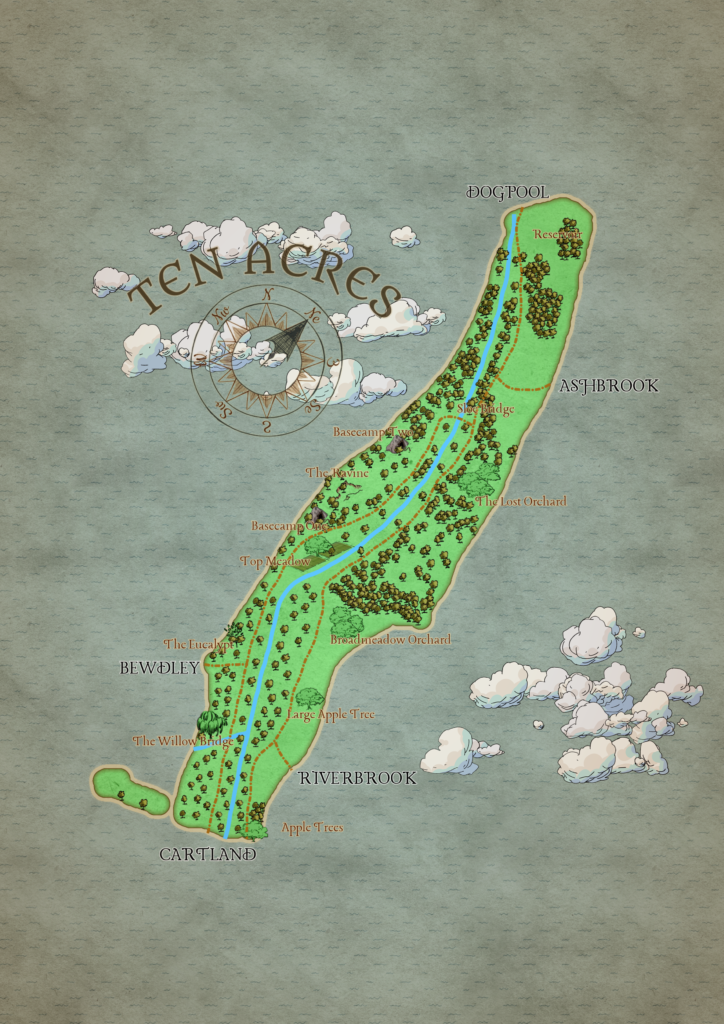Spotted by Volunteer Camilla. First logged 13/05/2020 Reynoutria Japonica, common name: Japanese Knotweed. Family Polygonaceae Status: Invasive Pest Species Japanese knotweed can sprout from very small sections of rhizomes. Under the provisions made within Schedule 9 of the Wildlife and Countryside Act 1981, it is an offence to cause Japanese […]
Spotted by Volunteer Camilla. First logged 05/09/20 Cepaea hortensis, Common Names – White Lipped Snail Conservation status – Common. Category – Snails Find out more on the Wildlife Trust website. Habitat The white lipped snail prefers to eat hogweed, ragwort and nettles and it likes damp environments which means its […]
Spotted by Volunteer Camilla. First logged 30/06/20 Rhagonycha fulva, Common Names – Red Soldier Beetle Conservation status – Common. Category – Beetle Find out more on the Wildlife Trust website. Habitat Red soldier beetles are commonly found on open structured flowers such as Hogweed, cow parsley, daisies. Adults will feed […]
Spotted by Volunteer Stephanie. First logged 24/09/20 Elasmucha grisea, Common Names – Parent Bug (Shield bug type) Conservation status – Common. Category – Bugs More Information: Largely restricted to silver birch trees the Parent bug is so named because she is a protective mother, guarding her eggs throughout thier duration […]
On Thursday 1st October we were delighted to have guests from AECOM engineering with us working hard to help us to clear the pathway in Ten Acres. The whole group were amazing hard workers and a great laugh all round. We had a treat of daal, tikka masala, onion salad […]
This week we did a LOT more work on the path clearance opening up the old pathways through ten acres. A willow tree also fell partially over the pathway making it dangerous to walk under so we sectioned it off and creating an alternative pathway through the site to improve […]
More information on what dead headging is and how it can help with woodland management AND conservation of species.
Spotted by Volunteer Stephanie. First logged 01/02/20. Oniscus Asellus, Common Names – Common Woodlouse, Roly Polies Conservation status – Common. Category – Crustacea More Information: Common woodlice are important for their ability to feed off dead plants and creatures, recycling vital nutrients. Find out more on the Wildlife Trust website.
This week we worked on clearing the original pathway and making is suitable to walk on again as well as some essential work on a willow tree that had broken over the pathway. With much of it still hanging above the pathway local ranger Alf came by to help us […]
Spotted by Volunteer Camilla. First logged 13/05/20 Aesculus Hippocastanum, common name – Horse Chestnut, Conker Tree Family Hippocastanaceae Status Commonly Widespread Details Large tree with 5-7 pointed palmate leaves spreading form a central stem. Produces spiked cases with horse chestnuts (conkers) inside that are shiny and brown and very hard. […]


















